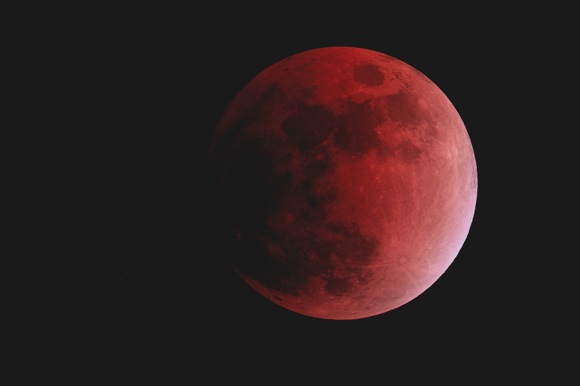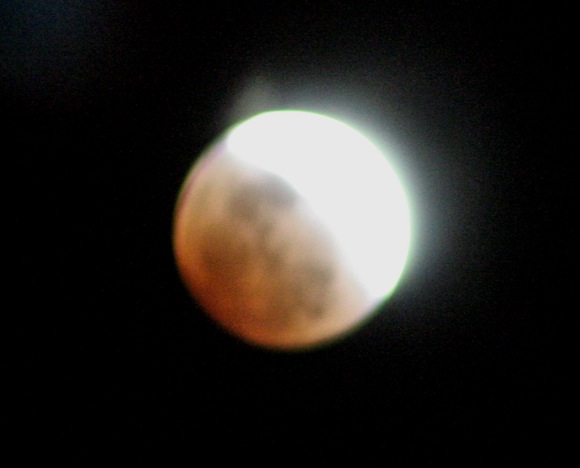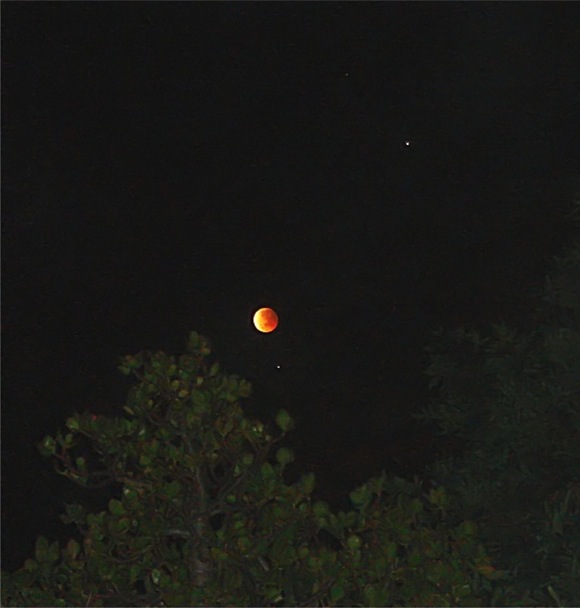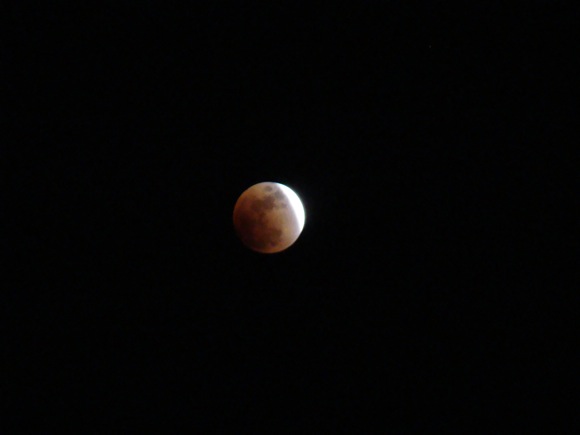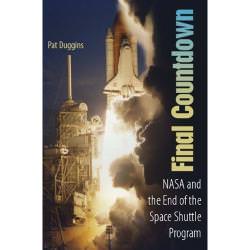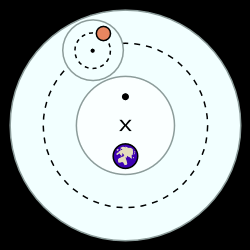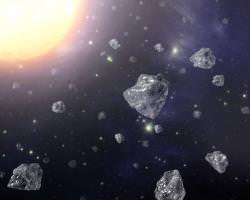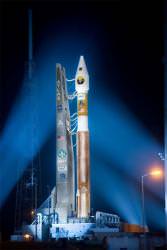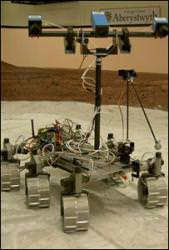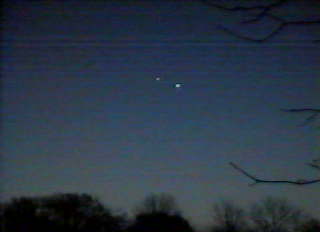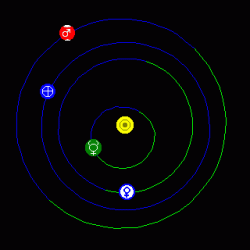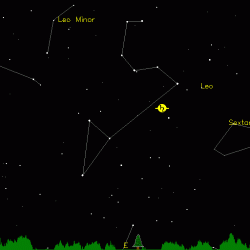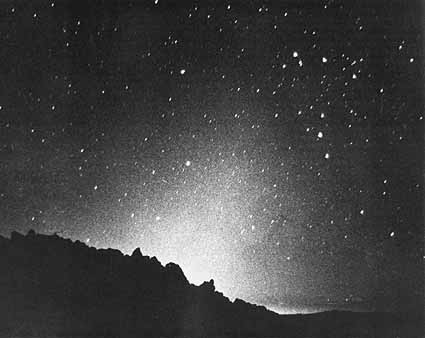The zero-gravity of Earth orbit is a massive attraction to developers of new technologies. This highly controlled environment removes one of the key forces acting on experiments here on Earth, therefore allowing new techniques to be tried out. Although it can be great to get a highly sensitive experiment to test new technologies into orbit, the experiments must also be robust enough to cope with the massive forces and vibrations during a rocket launch into space.
The US Naval Academy has announced that two new technologies have succeeded in orbital experiments on board the MidSTAR-1 satellite, signifying these new high-tech methods can indeed be carried out in space, and as an added bonus, they may have revolutionary applications down here on Earth…
The US Naval Academy (USNA) satellite called MidSTAR-1 was launched from Florida’s Cape Canaveral Air Force Station on March 8th, 2007 as a part of the USNA’s Small Satellite Program (SSP). The SSP is intended to send miniature, inexpensive satellites into orbit where experiments and other operations can be carried out. The satellites and experiments are designed, constructed and controlled by officers in the US Navy.
Results from two experiments being carried out on MidSTAR-1 have just been announced, and they appear to be a resounding success. The first experiment uses nanotechnology to detect dangerous chemical compounds in the air. Almost like a miniature smoke detector, the new method is designed for use in space environments (on board missions such as the International Space Station) as well as counter-terrorism activities here on Earth. The second experiment tests the response of a radiative film (no thicker than a plastic freezer bag) that could be used to regulate the temperature of spacecraft. Both technologies have never been tested in space and both appear to have functioned rather well.
In the nanotechnology experiment, the Nano Chemsensor Unit (NCSU) uses very thin nano-tube material (10,000 times thinner than a human hair) to detect poisonous gases in a space-borne environment, primarily protecting astronauts. In fact, this new detector is only the size of a pencil eraser, but has many times the sensitivity of a household smoke detector. The NCSU performed excellently, detecting the target contaminants repeatedly. It is hoped that tiny detectors such as this will be installed in future NASA missions to detect fuel leaks or contamination by common air pollutants such as nitrogen dioxide. Exposure to the vacuum of space, radiation and vibrations at launch do not seem to significantly affect the prototype sensor. Terrestrial applications of the system include atmospheric monitoring and even explosive residue detection during homeland security exercises.
The second technology to be successfully tested is a thin film that changes its characteristics depending on the amount of electric current that is passed across it. This revolutionary material could be used to “wrap” spaceships so their temperature can be regulated. The film can radiate waste heat away from the body of the spacecraft, or can insulate it, holding the heat inside. The science behind this material is known as electrochromics, and before this mission it had never been tested in space. The material is very lightweight, efficient and uses very little energy, a superb addition to any spaceflight mission. Terrestrial applications of this material include using an electrochromic film to coat buildings, making them energy efficient during the winter, but keeping homes cool during summer. This should reduce the amount of energy required to heat and cool buildings, cutting down on cost and the production of greenhouse gases.
Another exciting use of this film could be to use it to surround future robots exploring the solar system, optimizing the temperature for best performance. Also, this technology would be vital to the energy conservation on future manned Moon and Mars bases.
Whatever the application, these preliminary experiments are proving to be highly successful and may revolutionize some aspects of space- and terrestrial-based technology.
“MidSTAR is the seventh piece of hardware that the small satellite program has flown. It’s by far the most sophisticated and most ambitious. It’s proven to be the most productive and all four experiments operating in space are producing excellent data.” – Billy Smith, Director of the Small Satellite Program.
Source: Science Daily

